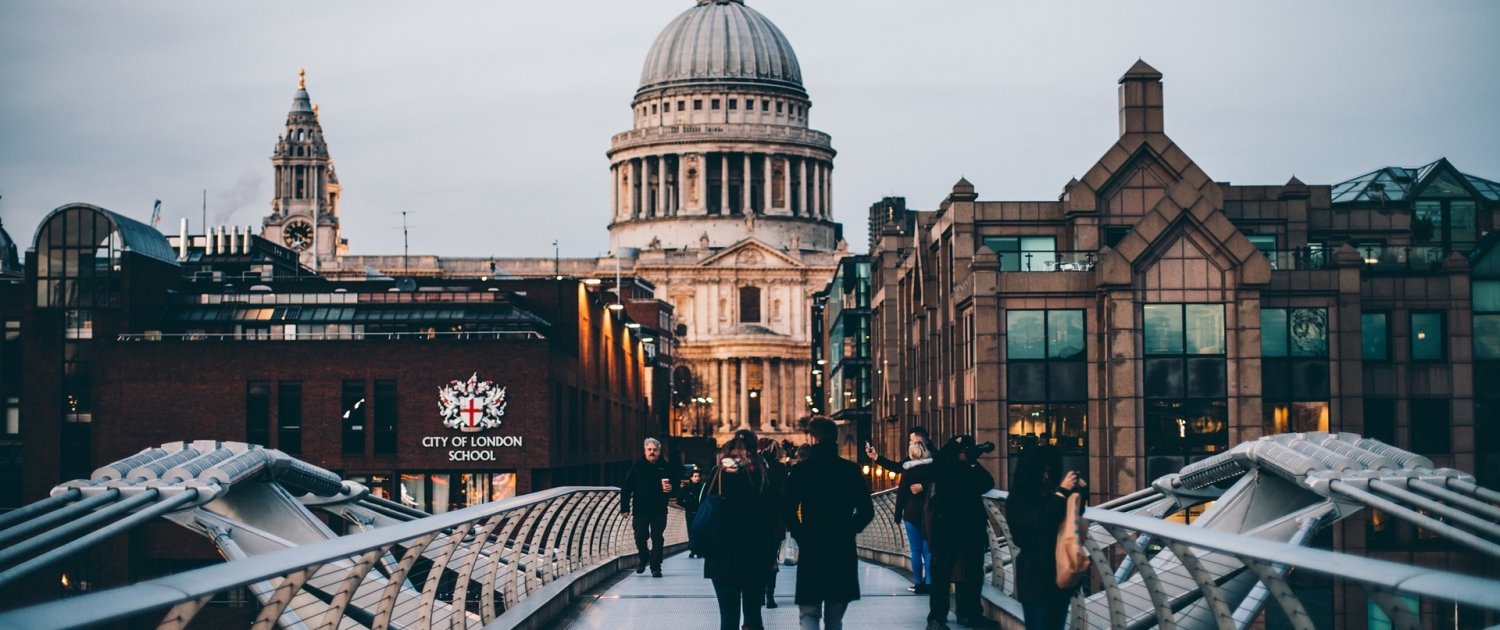Economic change in the UK
How has the industrial structure of the UK changed?
The UK’s industrial structure (the type of work people do) is always changing. In 1841, at the height of the industrial revolution, there was a substantial change in the UK’s industrial structure, including:
- jobs in the primary sector (fishing, agriculture and mining) were declining due to the increase in the use of machinery
- jobs in the manufacturing industry increased as factories were built and urbanisation occurred
During the twentieth century, another significant change in the UK’s employment structure happened, including:
- a decrease in the number of people working in manufacturing as mechanisation (introduction of robots etc.) replaced jobs along with increased competition from abroad
- the service sector increased dramatically due to the introduction of public services, the growth of financial services and an increase in leisure time and disposable income
- since the 1980s, the research and development sector has become increasingly important
You should be aware that industrial structures vary around the country, with some places specialising in different industries.
What impact does globalisation have on the UK economy?
Like all the others around the world, the UK economy has been affected by globalisation. Business, ideas and lifestyles now spread rapidly across the globe due to improvements in travel, the introduction of the internet and the development of trading blocs such as the EU. This has led to more businesses in the UK being owned by companies based in other countries. In the same way, UK companies now own more businesses in other countries. For the UK economy to be prosperous, we need to be part of the global economy.
The main impacts of globalisation in the UK include:
- Migration – Migrants fill jobs with a shortage of skilled workers in the UK, such as in healthcare and construction.
- Less manufacturing – Fewer goods are manufactured in the UK because they can be imported more cheaply from countries such as China, where wages are lower.
- Inequality – The gap between the best-paid and lowest-paid jobs is increasing.
- Outsourcing – jobs are outsourced to other countries where wages are lower, such as HSBC call centres to India.
- Economic growth – in most cases, the UK economy increases by 1-2 per cent each year. This is mainly down to trade with other countries, helping the country become wealthier.
- Foreign investment – foreign companies invest in the UK, bringing new ways of working and technology. This provides jobs and skills development to people living in the UK.
- Cheaper goods and services – Wages and production have become more competitive, leading to lower-priced products and services.
How have government policies addressed economic change in the UK?
1945–1979: State-Run Industries
- After the war, the government nationalised key industries, such as coal, steel, and railways, to support declining heavy industries and safeguard jobs.
- State-run enterprises, such as the British Steel Corporation, aimed to stabilise employment in traditional sectors.
- However, by the 1970s, these industries faced challenges such as outdated machinery, inefficient working practices, and rising competition from overseas. This led to factory closures, high unemployment, and social unrest, particularly in industrial regions.
1979–2010: Privatisation and Economic Restructuring
- Under Margaret Thatcher’s leadership in the 1980s, the government pursued a policy of privatisation, selling off state-run industries such as British Telecom, British Airways, and British Gas.
- Many traditional heavy industries, like coal mining and shipbuilding, declined further, leading to job losses in industrial regions. This accelerated the shift away from manufacturing towards the service sector.
- Urban regeneration projects transformed former industrial areas. For example:
- London Docklands became a hub for finance, offices, and retail, with developments such as Canary Wharf driving economic growth.
- These changes contributed to the rapid expansion of the service sector, including financial services, retail, and professional services.
2010 Onwards: Rebalancing the Economy
Since 2010, government policies have aimed to reduce the UK’s reliance on the service sector and rebalance the economy by promoting:
- High-Tech Manufacturing:
- Investment in aerospace, renewable energy, and computer engineering to create skilled jobs.
- Support for innovation through research and development incentives and partnerships with universities.
- Infrastructure Development:
- Significant investment in transport infrastructure, including:
- London’s Crossrail, which improves connectivity in the capital.
- HS2, a high-speed rail link between London, Birmingham, Manchester, and Leeds, was introduced to boost the economy of the Northern Powerhouse and reduce regional disparities. However, the section of HS2 north of Birmingham was cancelled in 2023 due to rising costs. The government pledged to reinvest the savings into improving regional transport links in the North, such as upgrading existing rail networks and supporting local bus services.
- Significant investment in transport infrastructure, including:
- Support for Small Businesses:
- Financial incentives, such as low-interest loans and start-up grants, to encourage entrepreneurship and small business growth.
- Levelling Up:
- Targeted investment in regions outside London and the South East, such as the North of England, to address regional inequalities.
- The Northern Powerhouse initiative promotes economic growth in cities like Manchester, Liverpool, and Leeds by investing in infrastructure, skills, and innovation.
Related Topics
Use the images below to explore related GeoTopics.



